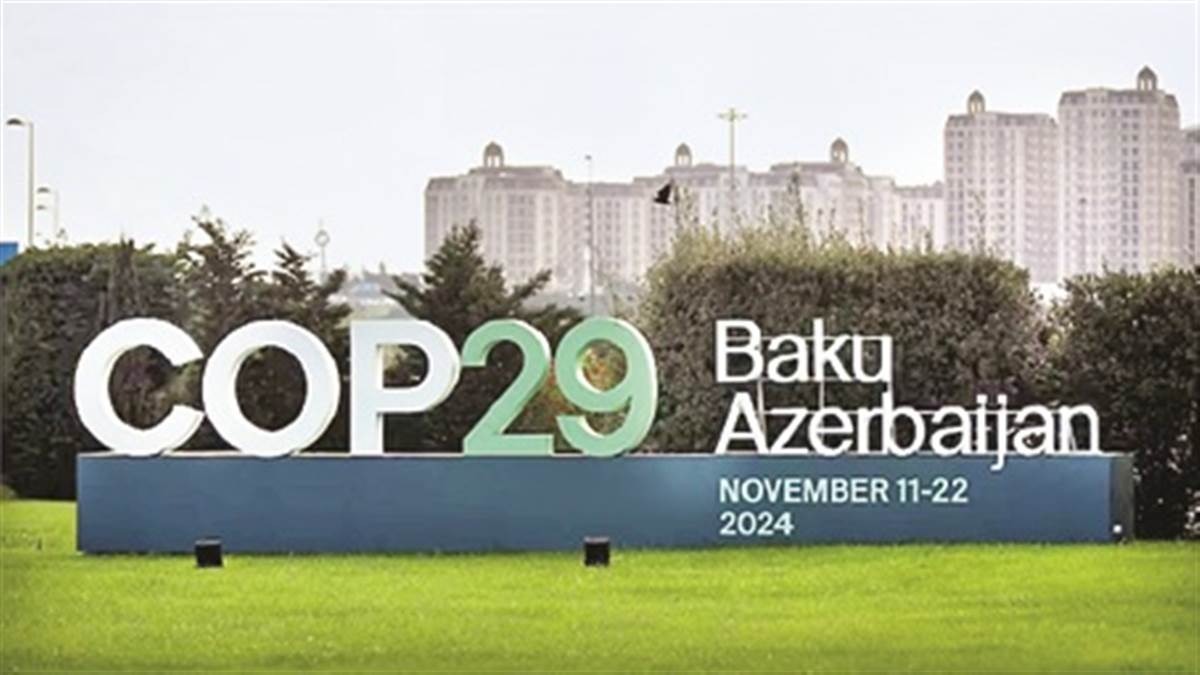A vote has been taken to finalize the concept of a global carbon market at the ongoing annual climate conference COP 29 in Baku, Azerbaijan. Although it came into effect from 2022 under the UN, it has been fully agreed upon at COP 29. This first carbon credit market approved by the United Nations will come into existence from 2025.
In this, apart from reducing greenhouse gas emissions more effectively, different countries will also trade carbon credits with each other. According to the rules of the carbon market, if an entity or country emits less carbon than a certain limit, it will be given carbon credits, which it can sell to another entity or country for money.
This agreement can be bilateral or multilateral. The purpose of creating this market is to reduce the cost of climate action and implement it effectively. This will not only establish global coordination but will also lead us towards a green sustainable future. The carbon market will open new avenues of growth for countries and org.zations that are promoting the development and trading of carbon credits along with technological innovations to reduce emissions and achieve climate goals.
In the credit market, the United Nations Framework Convention on Climate Change (UNFCCC) will act as a centralized body that will set carbon emissions limits for each country or its different sectors. If a country has made its carbon emissions limit but still wants to continue production, it can buy carbon from countries whose carbon emissions are below the limit.
Linking carbon credits to the currency will not only incentivize all countries to promote carbon dioxide emissions reduction but will also help develop a mech.sm to curb emissions. Mutual trade in the global carbon market will not only increase mutual closeness between countries but will also help in fighting the global fight against climate change in a stronger manner. India has already committed to setting up a carbon market at the national level to reduce carbon emissions.

